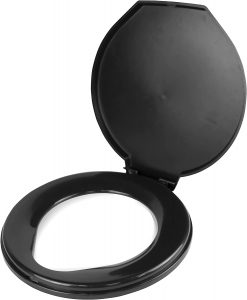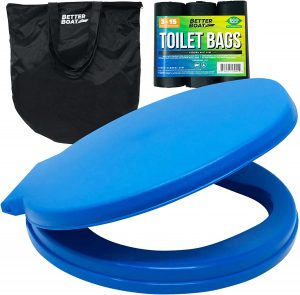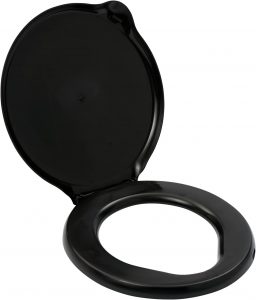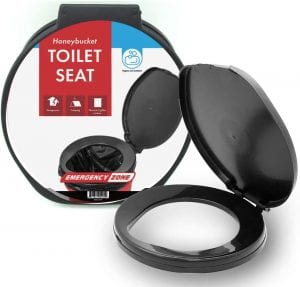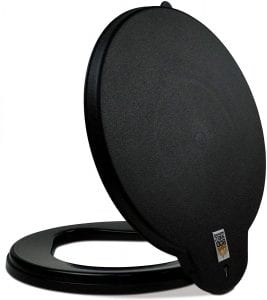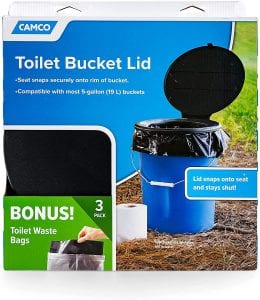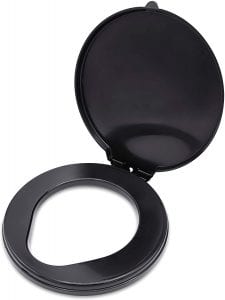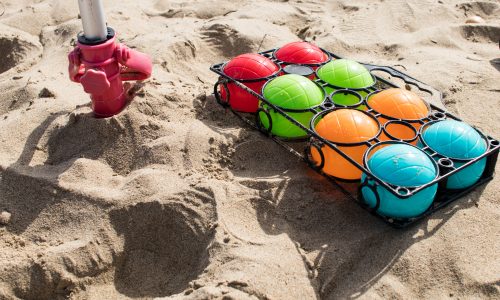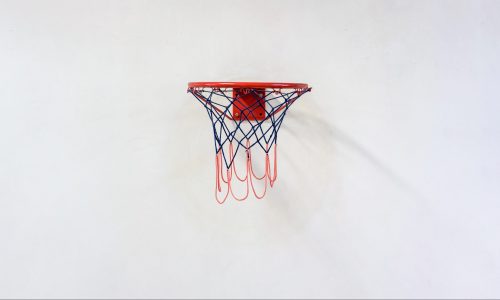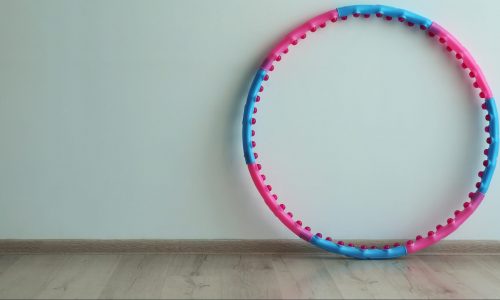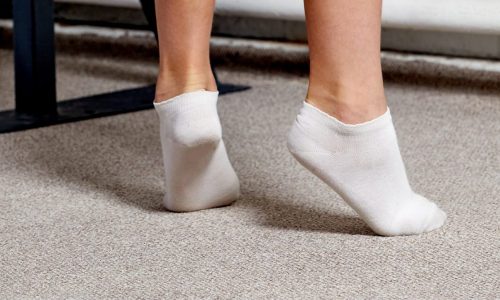The Best Toilet Seat For Bucket
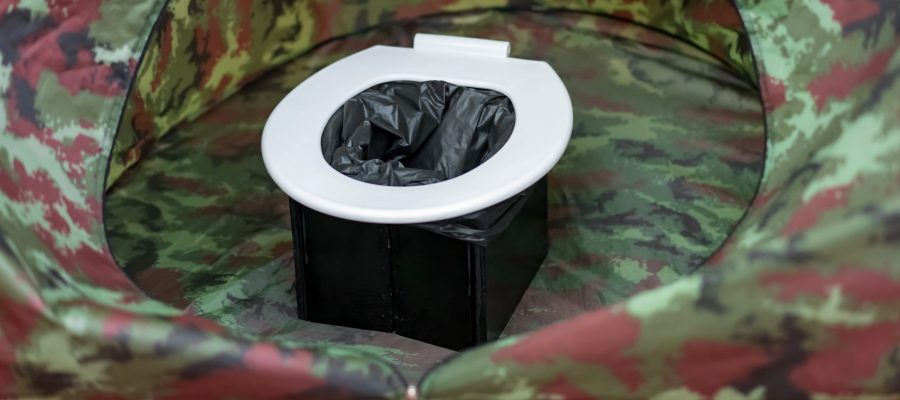
Our Review Process
Don't Waste Your Money is focused on helping you make the best purchasing decision. Our team of experts spends hundreds of hours analyzing, testing, and researching products so you don't have to. Learn more.
Our Picks For The Top Toilet Seats For Bucket
- 1. 72 HRS Flexible Eco-Friendly Toilet Seat For Bucket
- 2. Better Boat Biodegradeable Bags & Toilet Seat For Bucket
- 3. Reliance Products Luggable Loo Plastic Toilet Seat For Bucket
- 4. Emergency Zone Camping Bucket Emergency Toilet Seat
- 5. BodShell Travel Toilet Seat For Bucket
- 6. Camco On-The-Go Toilet Seat For Bucket & Lid
- 7. Container Distributing Hunter’s Bucket Toilet Seat
If you're planning a trip in the great outdoors, you won't want to be without this toilet seat for bucket. It's designed to quickly snap into place over any 5-gallon bucket, creating an instant potty. Campers will appreciate how sturdy and durable the seat is, as well as how comfortable the seat is to sit on.
Budget-Friendly PriceKeep camping costs to a minimum with this affordable toilet seat for bucket.
Turn any 5-gallon bucket into a latrine with this toilet seat for bucket. It's bright blue in color, compact and easy to install. In fact, it comes with a set of disposable bags and a handy storage tote for added portability.
Bright BlueWhether you're spending the day out on a boat or camping with the family for the weekend, this toilet seat for bucket has you covered.
A slightly heavier option than some at over a pound, this product fits most five-gallon industrial, food-grade buckets. This portable toilet seat snaps into place with a firm push, and it creates a good seal once in place.
Snap-On Commode ChairThis toilet seat for bucket is a great option for your safety kit, on the road or at home.
This convenient toilet seat for bucket option weighs less than a pound and it fits on three-, five- or six-gallon buckets. The seat is made of rigid plastic and is capable of holding up to 250 pounds, although the weight limit depends somewhat on the bucket being used.
Fits Different Size ContainersTake this product along for camping or working in rural areas far from modern plumbing.
Buying Guide
Backwoods hiking, camping and hunting can all be interrupted when nature calls, but taking a bucket toilet is an affordable and efficient way to be prepared. It is possible to use sanitary bags to tie off and contain the contents, but not all bucket-to-seat adapters come with those bags, so be prepared to purchase those separately.
You’ll want to note the items that are not included. The seats almost never come with a bucket base, unless specifically listed as a package deal. Aspiring campers might have trouble finding compatible buckets, so be prepared to hunt around for a container that fits your selected seat.
Dealing with the contents of a “honey bucket” hygienically can be tricky, but there are a variety of helpful tricks to deal with the situation safely and without making a big stink. Be sure you dispose of the contents of your bucket in accordance with local laws.
What to Look For
- Cat litter is a cheap way to absorb liquid and cover up smells. It has no expiration date and comes in waterproof bags and boxes. You can use this in your bucket to keep things fresher.
- Using resources from your surroundings can be an affordable and effective method to soak up the contents of your bucket. Sawdust from a worksite or sand from a beach or river shore provide effective absorbent material, free of charge.
- Be sure that the toilet seat you purchase can support the weight of all family members and friends who might be using it.
- Clean your seat with a personal wipe after each use to keep things fresh.
More to Explore
Bucket toilets are a kind of dry toilet, often used in extremely cold climates where installing running water is difficult and expensive, or in areas with developing sanitation systems or emergency situations.
Even outside of these circumstances, some people choose to use bucket toilets to compost their waste by layering sawdust, newspaper and other absorbent materials in the bucket and adding the contents to a compost pile or chamber, creating plant fertilizer.

